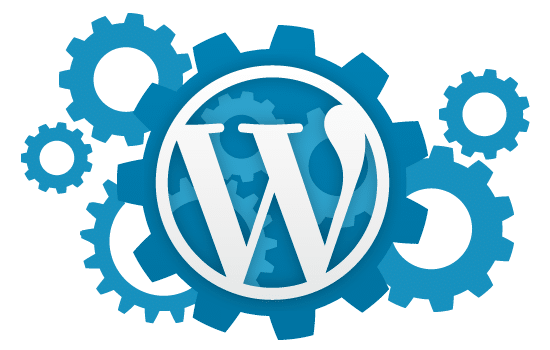Migrating a website can be a daunting task, especially when moving from one platform to another or even from one hosting provider to another. WordPress, being the most popular content management system (CMS) globally, offers a range of services to make this process smoother and more efficient. Whether you’re looking to upgrade your site, improve performance, or simply switch hosts, here’s a step-by-step guide to migrating your website using WordPress Management Services.
1. Plan Your Migration
Before diving into the technical aspects of migration, it’s crucial to plan. Identify your goals—why are you migrating? Is it for better performance, improved security, or easier management? Knowing your objectives will help you choose the right tools and services.
- Backup Your Website: Ensure that you have a complete backup of your website, including the database and files. This backup will be your safety net in case something goes wrong during the migration process.
- Inventory Your Site: Make a list of all the elements of your website, including themes, plugins, custom code, and multimedia files. This will help you ensure that nothing gets left behind during the migration.
2. Choose the Right WordPress Management Service
WordPress management services are designed to simplify the migration process by handling many of the technical tasks for you. Some popular services include WP Engine, Kinsta, and Flywheel, each offering features tailored to different needs.
- Automated Migration Tools: Many of these services provide automated migration tools that can move your entire website with minimal input from you. For example, WP Engine has a dedicated migration plugin that simplifies the process.
- Customer Support: Ensure that the service you choose offers robust customer support. This is especially important during migration, as you may encounter issues that require immediate assistance.
3. Prepare for Migration
Once you’ve selected a WordPress management service, it’s time to prepare your site for migration.
- Update WordPress, Themes, and Plugins: Ensure that your WordPress installation, themes, and plugins are up to date. This will reduce the likelihood of compatibility issues during migration.
- Disable Caching and Security Plugins: Temporarily disable any caching and security plugins to avoid conflicts during the migration process.
- Check Domain Settings: If you’re migrating to a new domain, make sure your DNS settings are updated. You may also want to set up a temporary domain to test the migrated site before making it live.
4. Migrate Your Website
The migration process varies depending on the service you choose. Here’s a general overview of what to expect:
- Initiate the Migration: Using the migration tool provided by your chosen service, start the migration process. This usually involves entering your current site’s details and following on-screen instructions.
- Monitor the Process: Migration can take some time, especially for large websites. Keep an eye on the process to ensure there are no interruptions. Most management services will notify you once the migration is complete.
- Test the Migrated Site: Before making the site live, thoroughly test it on the new server. Check all pages, links, and functionality to ensure everything is working as expected.
5. Post-Migration Tasks
After the migration is complete, there are a few final steps to ensure your website runs smoothly on the new platform.
- Update DNS Settings: If you haven’t already, point your domain’s DNS to the new server. This step is crucial to make your website accessible to visitors.
- Re-enable Plugins: Turn on any caching, security, and other essential plugins that were disabled before migration.
- Monitor Site Performance: Keep an eye on your website’s performance in the first few days after migration. Use tools like Google Analytics and Google Search Console to track any issues.
6. Ongoing Maintenance
After a successful migration, ongoing maintenance is key to ensuring your website continues to perform well.
- Regular Backups: Continue to back up your website regularly. Most WordPress management services offer automated backups, which can be a lifesaver in case of future issues.
- Security Monitoring: Ensure that your website is secure by enabling security monitoring features offered by your WordPress management service. This may include malware scanning, firewall protection, and more.
- Performance Optimization: Utilize the performance optimization tools provided by your WordPress management service to keep your site running smoothly. This can include caching, content delivery networks (CDNs), and image optimization.
Conclusion
Migrating a website can seem overwhelming, but with the right WordPress management service, it becomes a manageable task. By following the steps outlined in this guide—planning your migration, choosing the right service, preparing for migration, and completing post-migration tasks—you can ensure a smooth transition to your new platform. Always remember to back up your data and test your site thoroughly to avoid any potential issues. With careful planning and execution, your website migration will be successful and provide your users with an even better experience.
















